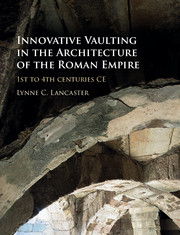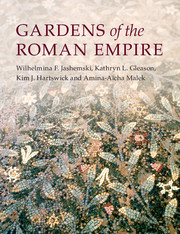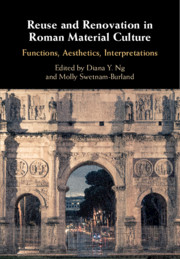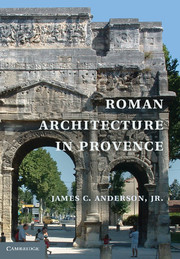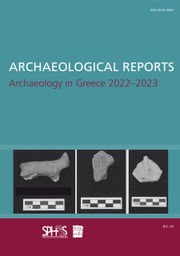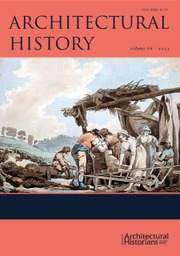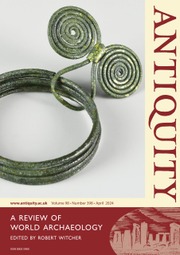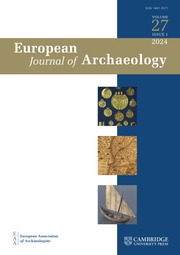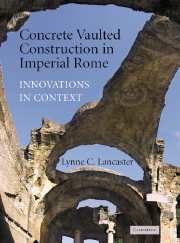Innovative Vaulting in the Architecture of the Roman Empire
This book studies six vaulting techniques employed in architecture outside of Rome and asks why they were invented where they were and how they were disseminated. Most of the techniques involve terracotta elements in various forms, such as regular flat bricks, hollow voussoirs, vaulting tubes, and armchair voussoirs. Each one is traced geographically via GIS mapping, the results of which are analysed in relation to chronology, geography, and historical context. The most common building type in which the techniques appear is the bath, demonstrating its importance as a catalyst for technological innovation. This book also explores trade networks, the pottery industry, and military movements in relation to building construction, revealing how architectural innovation was influenced by wide ranging cultural factors, many of which stemmed from local influences rather than imperial intervention. Additional resources including extensive searchable databases with bibliographical data and colour illustrations available at www.cambridge.org/vaulting.
- Technical issues are explained in clear prose without jargon and are illustrated with original photographs and drawings
- Examines architecture and construction from an architectural/engineering point of view as well as from the perspective of cultural and historical contexts
- Extensive searchable databases with bibliographical data are provided at www.cambridge.org/vaulting
Product details
November 2015Hardback
9781107059351
256 pages
287 × 223 × 18 mm
1.04kg
108 b/w illus. 13 maps 2 tables
Available
Table of Contents
- 1. Introduction
- 2. Opus Caementicium
- 3. Brick barrel vaults
- 4. Complex brick vaults
- 5. Vaulting tubes
- 6. Hollow voussoirs
- 7. Armchair voussoirs
- 8. Structural form
- 9. Vaulting techniques in context.

